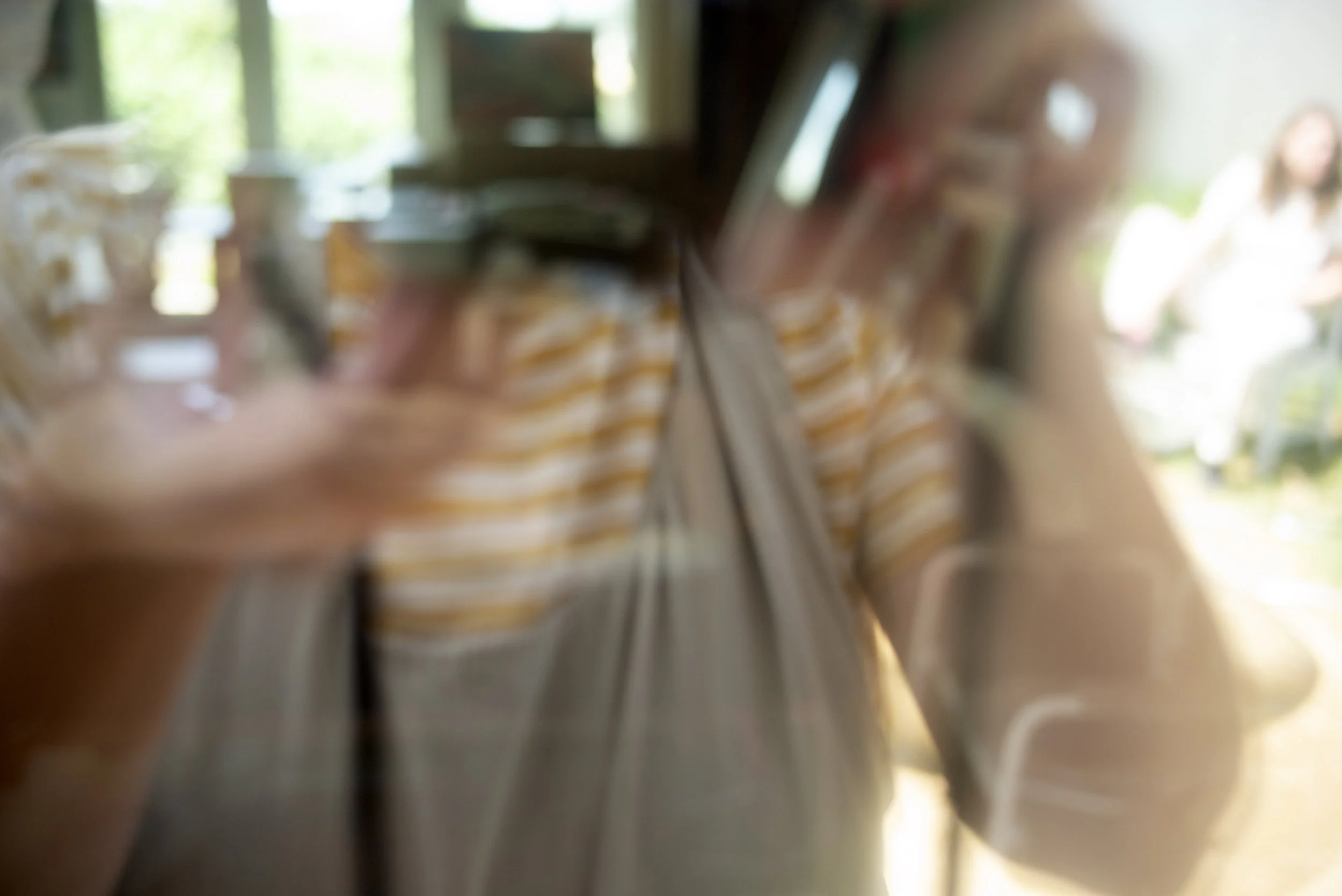HOW TO KEEP TIME
How to keep time
The body of work responds to a finite timeline, with expansive moments that came before, and those that unfold in the after times.
Centered on walking with my father - a photographer - towards his death, I upheld dueling roles: witness and caregiver, artist and daughter. These images weigh the transactions of energy, humans, and the surrounding landscape through the process of sense making.
Stemming from an art practice shaped by care, control, and curiosity, How to keep time contemplates both the dichotomies within life’s cycle and the act of slowing time’s constant propulsion forward.
The project contains dancing when one can no longer walk, and the inevitability of renewal. Presented as a series of chronological photographs and a hand-held photonovel, How to keep time invites the viewer into an intimate, personal reading of the shared experience we call death.
Sleeping in His Archive. 2025
Grasping. 2025
One month Later, in the green house. 2025



